By Richard A. Gabriel
Before the Gulf War, the U.S. Army was medically configured to deal with casualties expected to occur in a large-scale conventional conflict. In 1998, the U.S. military undertook a reevaluation of its military medical practices, taking into consideration its experience in both Iraq and Afghanistan. The result was a revised medical doctrine called Tactical Combat Casualty Care that instituted changes in medical practices for treating casualties in low-intensity tactical environments. Casualty statistics revealed that the most common killers of the wounded were shock and bleeding. Renewed emphasis was placed on stopping bleeding quickly and reversing blood loss. Recognizing that non-medics should be trained in additional medical skills, the military established the Combat Lifesaver Program in which selected soldiers were trained in skills needed to keep the wounded alive: performing needle thoracostomy (an incision in the chest wall to drain fluid or abnormal accumulation of air), starting an intravenous line, fluid resuscitation, and traction splinting. American soldiers were issued improved first aid kits that contained combat gauze, a tourniquet, and a nasopharyngeal airway for stopping hemorrhage and overcoming airway difficulties, both frequent causes of death on the battlefield.
The impetus for reevaluating field medical practices came from the American experience in the Battle of Mogadishu in 1993. That engagement involved 170 soldiers in a 15-hour urban battle with guerrillas. In the battle, 100 U.S. troops were wounded and 14 died on the battlefield; another four died later in the hospital. Additional experience in Iraq and Afghanistan showed that more soldiers were being wounded relative to the number killed in action. This meant that although the overall casualty rates were low, the number of wounded that required medical attention was relatively high compared to other wars. In World War II, U.S. forces suffered 1.6 wounded for every soldier killed. In Vietnam, the ratio was 2.8 wounded for each soldier killed. In Iraq and Afghanistan, the ratio was 16 soldiers wounded for each soldier killed.
Introducing the Tourniquet
Among the most important changes in field medicine was the extensive use of tourniquets. The tourniquet had been used in American armies since the Civil War and was used extensively in World War I. However, it acquired a reputation as dangerous when misused. Over-tightening, delays in reaching medical treatment, and failure to remove the tourniquet caused severe tissue damage and necrosis. Eventually, the tourniquet fell out of favor. At the start of the Iraq War, U.S. combat medics did not even carry tourniquets in their medical kits and had no longer been trained in their use. Nonetheless, the tourniquet proved especially useful for blast injuries where damage to the extremities caused massive bleeding. A severed femoral artery, for example, will cause a person to bleed to death in seven minutes. Newly designed tourniquets equalize the force distributed across the pressure strap to prevent tissue damage and can be applied with one hand by the wounded soldier himself. Today, every American soldier carries a tourniquet in his medical pack, and medics carry a half dozen for immediate use. Soldiers commonly wrap tourniquets loosely around their arms and legs for quick use in the event they are wounded. Use of the tourniquet in Iraq and Afghanistan has saved an estimated 2,000 lives.
The new focus on preventing shock has led to changes in the way in which casualties are medically assessed. Medics had been trained since World War II to prevent shock by keeping the casualty’s blood pressure up and administering intravenous fluids. The IV bottle hung from a pole became part of the standard tableau of military medical treatment through Vietnam. This procedure continued in Iraq and Afghanistan, even though it was known that raising blood pressure was dangerous and caused clots to dislodge and start bleeding again. Medics are now trained to assess the casualty’s blood pressure by pulse and not worry about low blood pressure. Gone, too, is the IV bottle. Medics now carry a capped catheter that can push fluids into a vein if the soldier goes into severe shock.
From Kevlar to Chemistry
The widespread use of the kevlar battle jacket has greatly reduced bullet wounds to the chest and thorax. Many casualties now present with wounds to the neck, groin, or abdomen, and one-quarter of battlefield injuries requiring evacuation include wounds to the face or jaw, all locations where tourniquets cannot be used. An army study of potentially survivable wounded in Iraq showed that 80 percent died of hemorrhage, 70 percent of the time from wounds in locations where tourniquets could not be used to stop bleeding. This led the military to search for effective hemostatic clotting agents to treat these wounds. In 2007, the military approved the use of two such agents, QuikClot and Hemcon, to be carried by medics. Since then, a new technology called Combat Gauze has also come into use. Combat gauze is a fabric bandage impregnated with kaolin, a powdered clay that stimulates blood-clotting and has proved more effective than other clot-forming powders that often were washed away by bleeding. Combat gauze has a shelf-life of 36 months, making it easy to store and transport.
The almost magical power of whole blood to revive trauma patients had been recognized as early as World War I. Once scientists learned to separate blood’s components into more easily stored and longer lasting red cells, plasma, and platelets, the use of whole blood for transfusions waned. This led to the widespread use of IV fluid mixed with red blood cells that, in many cases, produced more extensive bleeding. There was no blood bank available during the Battle of Fallujah in Iraq in 2004, and dozens of casualties were treated on the battlefield with whole blood drawn from fellow soldiers. All of the transfused casualties survived to be evacuated. A subsequent study found that casualties who received whole blood had a survival rate nearly nine times greater than those who had been transfused with red blood cells and IV fluid. In addition to restoring clotting and reducing multiple organ failure, whole blood reduced the risk of acute respiratory failure, a condition first recognized in Vietnam as “Da Nang lung.” It is now standard practice to transfuse the wounded with whole blood whenever possible, and to use blood that is less than 21 days old.
The Future of Medical Innovation
One positive consequence of war is its tendency to spur medical innovation. The wars in Iraq and Afghanistan have prompted major medical advances in four important areas: prosthetic devices for amputees, advances in brain surgery and rehabilitation therapies, cosmetic surgical techniques for repairing facial disfigurement, and the use of transplanted and artificial skin to deal with severe burn injuries. These innovations will eventually make their way into civilian medical practice, to the benefit of the larger population. If the past is any guide, however, the cost in human suffering is likely to be forgotten—except by the sufferers, their families and caregivers. They do not have that luxury.
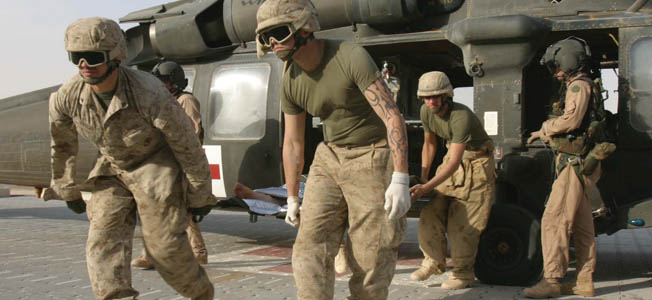
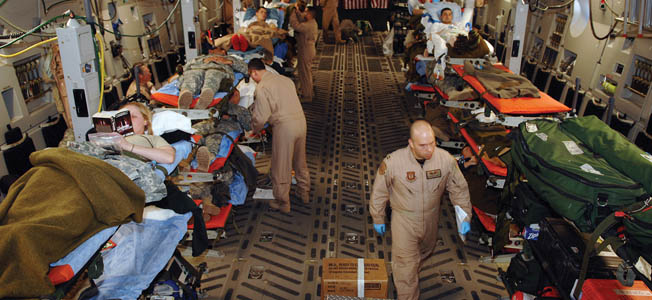


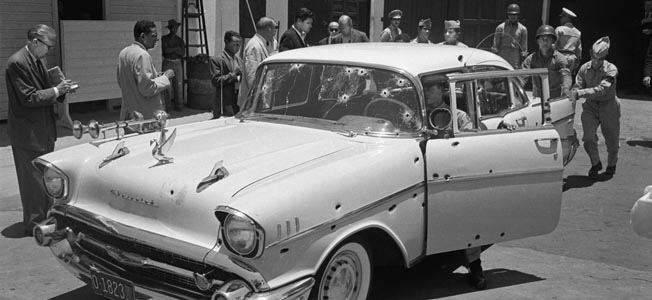

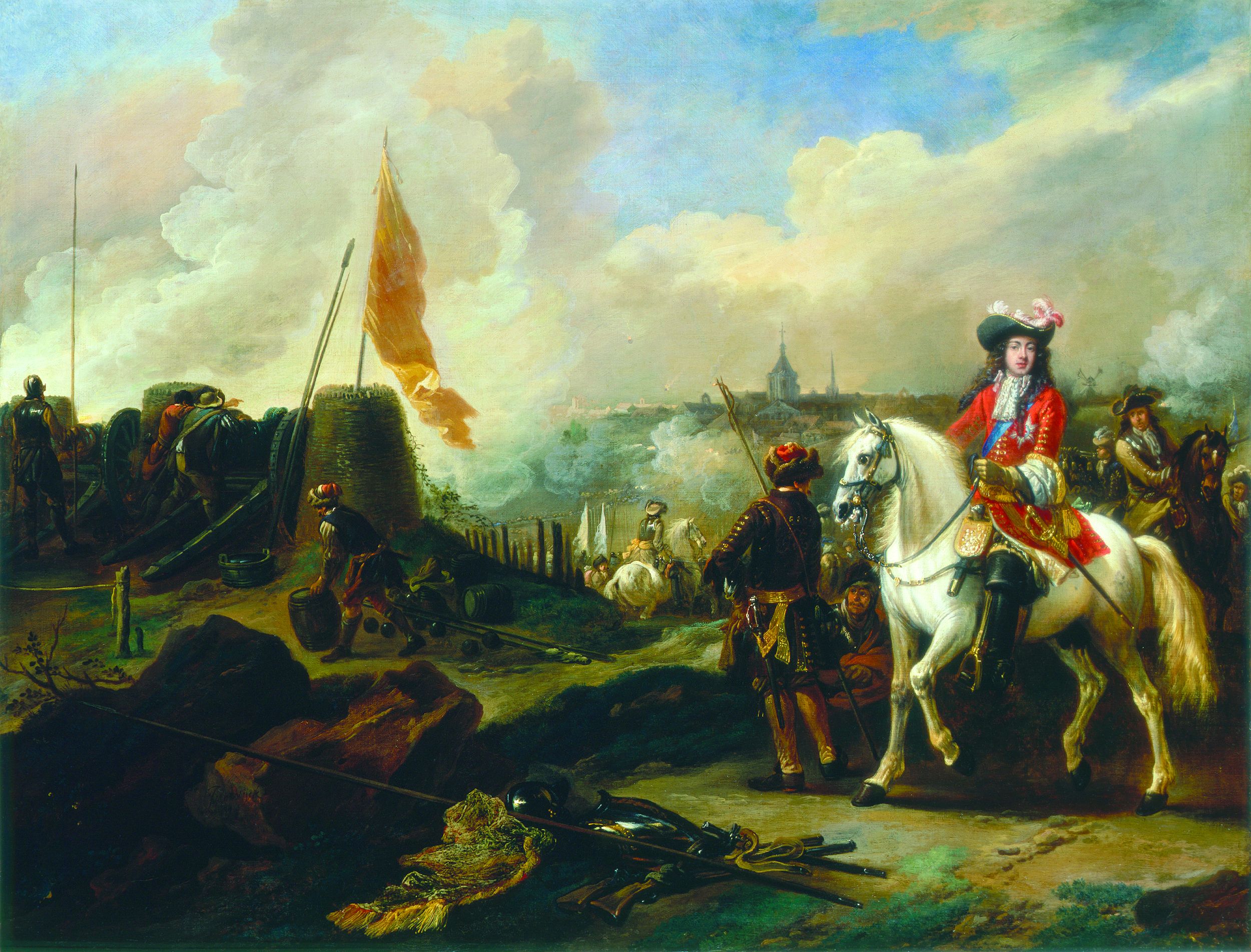
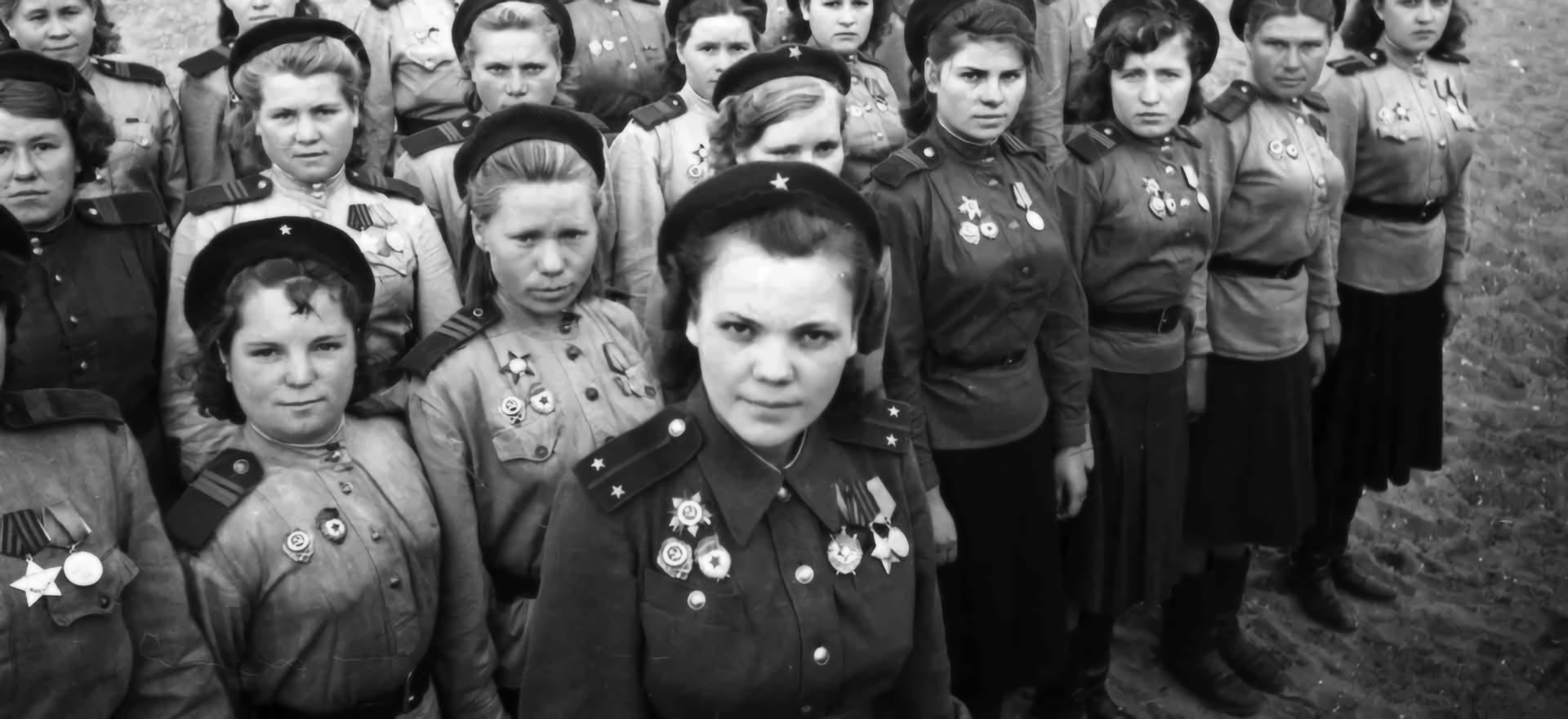
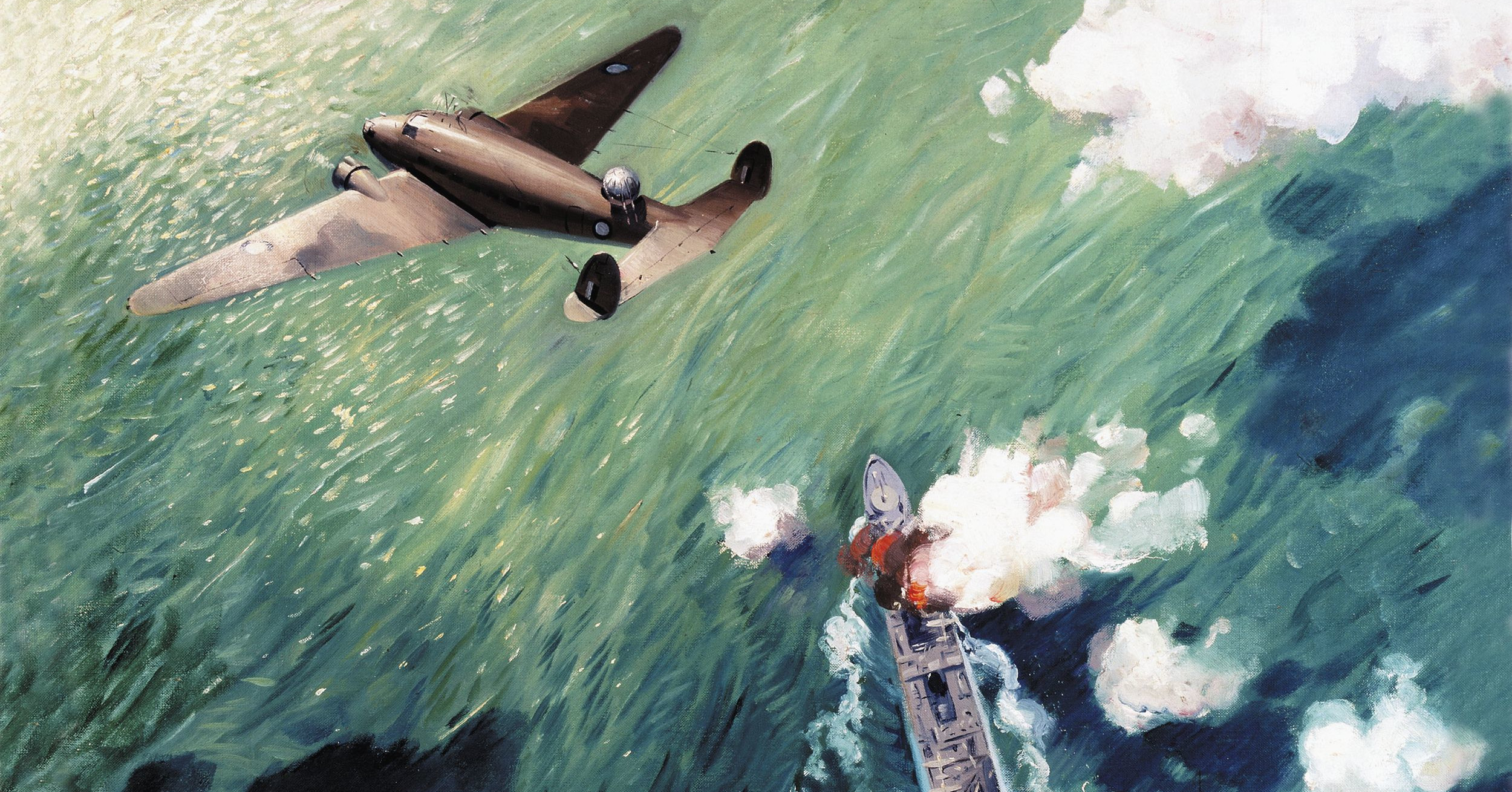
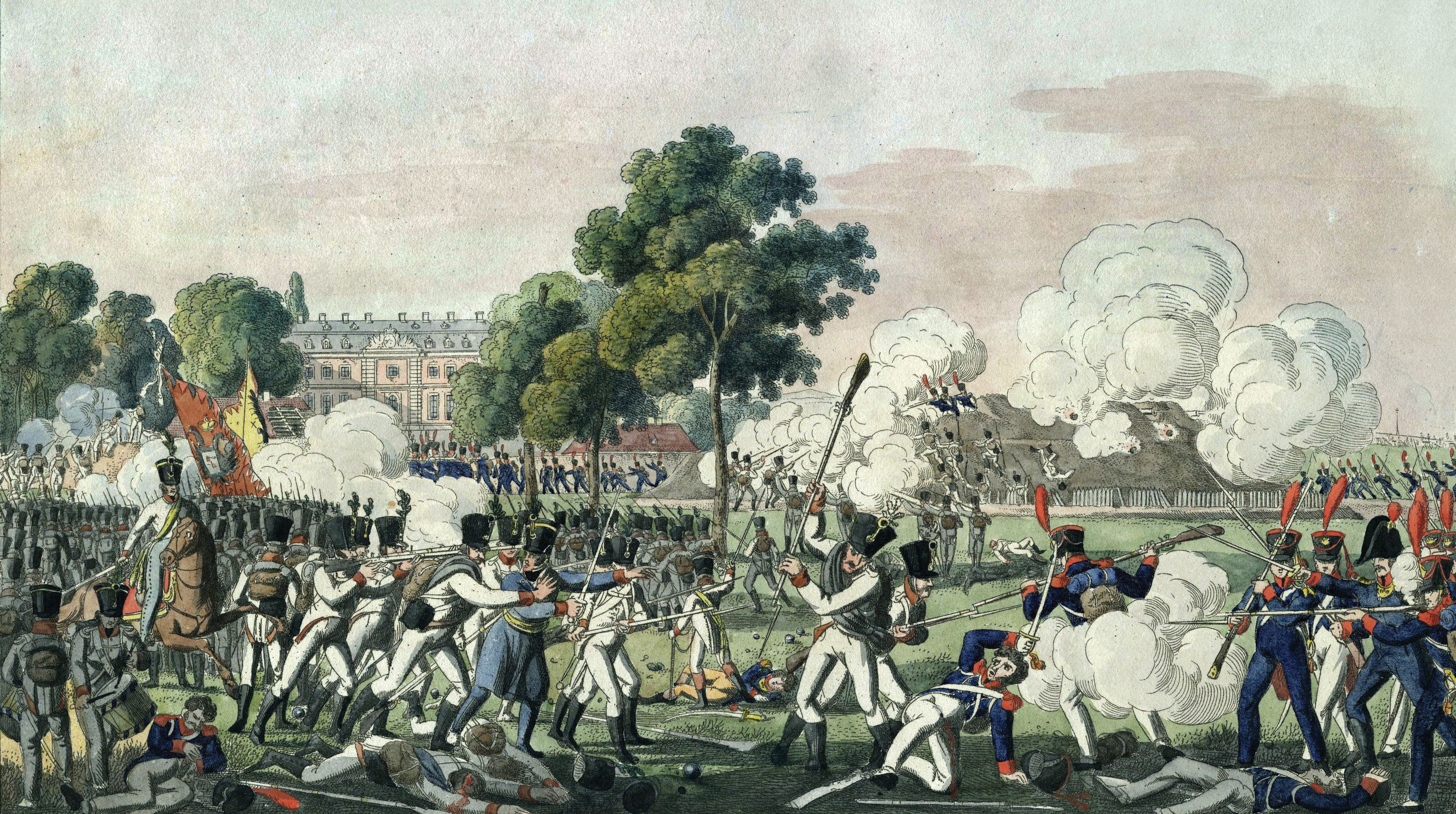
Join The Conversation
Comments
View All Comments